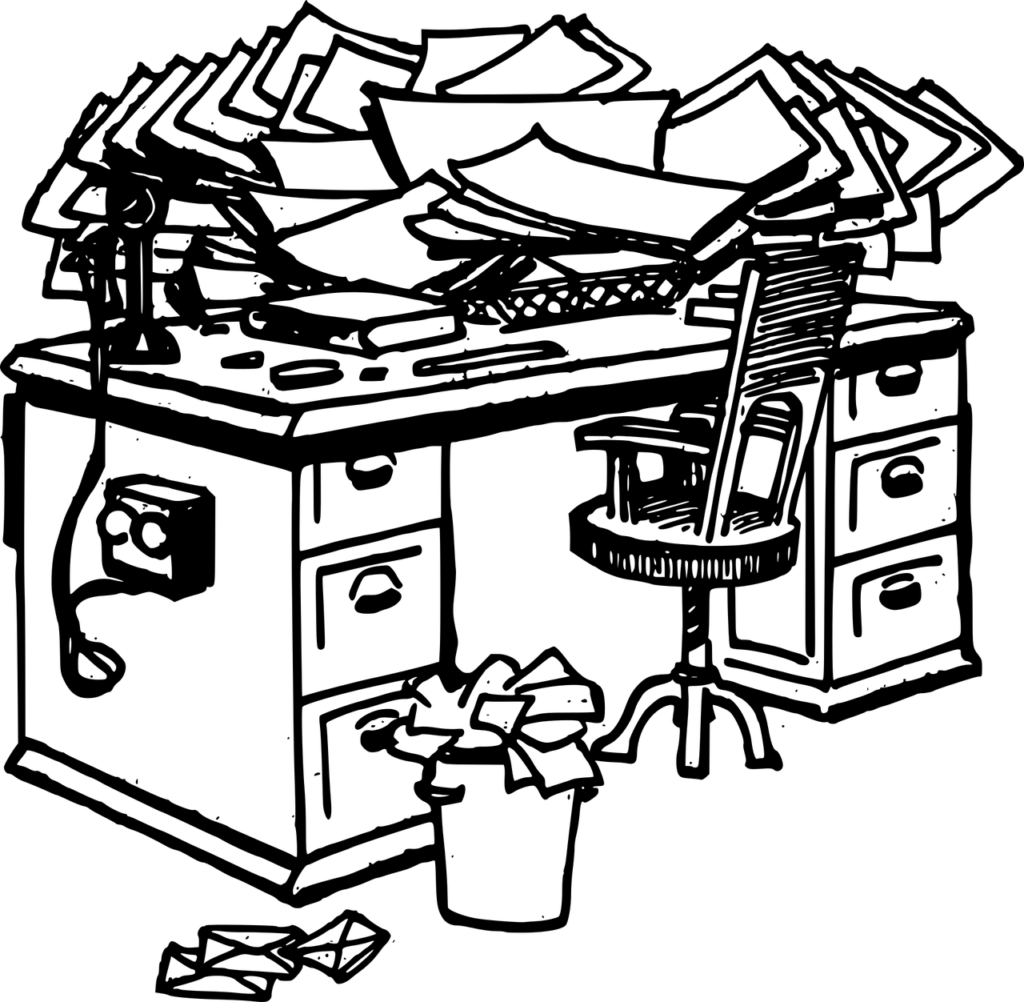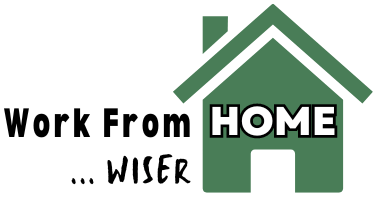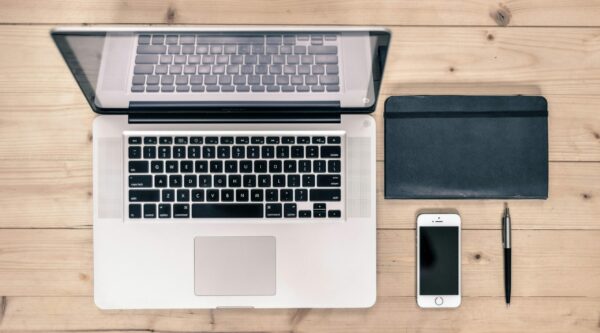Organizing is what you do before you do something, so that when you do it, it is not all mixed up. – A.A. Milne
Have you ever planned to do something – say sit down at your desk to work – and been so preoccupied by the messiness of your surroundings that you were unable to proceed? Is tidying a means of procrastinating? Or is clutter getting out of hand and getting in your way?
I cannot work in a chaotic environment. Faced with disorganization or simply surroundings that seem like they might be sliding into disarray, I find myself setting aside the planned task or project in favor of restoring order.
Some people seem to thrive on physical and mental chaos. Maybe they have no choice. Me? I don’t even like to multitask. I like to focus on one thing at a time. A disorganized office space divides my attention and makes me feel as if I am multitasking even when I am not.
Are you like me?
Let's consider organizing your home office space for maximum efficiency and productivity. • How environment influences productivity • Effective layout strategies for your home office space • Maintaining an organized and clutter-free environment
How Environment Influences Productivity
In a BYU Marriott School of Business Alumni Magazine article, “Organizing Your Way to a Better Career and Life,” freelance writer Jennifer Mathis describes the demanding professional life of then Sun Products vice president, Jeff Strong. Strong observes that being organized helped him “‘enjoy life more and be effective at work and at home.'” Adding that “‘[s]taying organized is a never-ending challenge,’” Strong asserts that he (like me!) is “‘not smart enough to manage a lot of chaos.'”
Maybe you don’t think you need a tidy and well-planned home office, but the connection between organization and work efficiency isn’t just anecdotal. Research reinforces the idea. Studies show that our environment greatly influences our work habits and output.
“You may think you’re not bothered by your overstuffed filing cabinets or the stacks of paper on your desk,” writes Dr. Libby Sander in her 2019 Harvard Business Review article, “The Case for Finally Cleaning Your Desk,” but research shows that “our brains like order, and that constant visual reminders of disorganization drain our cognitive resources and reduce our ability to focus.”
“The physical environment of the workplace has a significant effect on the way that we work,” Sander writes.
Western University medical science student, Sam Dabir, adds his thoughts on how surroundings impact work efficiency and output. In his thought provoking 2024 post, “Influence of One’s Environment on Productivity,” Dabir cites a number of studies that link productivity – which Dabir defines as not just “doing work” but as an “‘optimal’ state of mind” – to “one’s office environment.”
“Physical environments have been proven to influence well-being and directly influence productivity,” Dabir writes. Conversely, physical environments that cause stress decrease motivation. “A stressed out brain cannot think creatively, work collaboratively, or solve problems effectively,” writes Dabir. “Therefore, environmental factors that create extra stress in the brain decrease the productivity of an individual.”
One of the top causes of stress?
You guessed it. Clutter.
“Cluttered spaces can have negative effects on our stress and anxiety levels, as well as our ability to focus, our eating choices, and even our sleep,” writes Sander. “When our space is a mess, so are we.”
Effective Layout Strategies for Your Home Office Space
Space is often a premium in home offices. How you arrange your furniture and equipment can make a significant difference to your day-to-day efficiency. The key to a functional home office layout is ensuring that everything you need is within easy reach, yet structured in a way that promotes tidiness and workflow.
Let’s consider what your home office should accomplish. It’s the daily launchpad for your career’s trajectory, and it’s vital to ensure this space serves your specific professional needs. Assessing those needs accurately, sets the stage for an office that isn’t merely a place to work but a place that enriches the way you work.
A tidy and well-planned home office is the cornerstone of productivity.
Stuck for inspiration? Many entrepreneurs and telecommuters share their workspaces online, providing insights into smart, personalized office designs that encourage efficiency and comfort. Look at successful examples of home office setups for inspiration. Try incorporating elements that resonate with you and fit your space's size and function.
Start with your desk and chair. These are the foundation of any office space. It is especially important to choose a desk that comfortably fits your space, but also has enough room for your tasks. Cramming yourself into a corner that doesn’t meet your needs will frustrate your efforts to stay organized and work comfortably.
Your tech setup is next. Keep your desktop or laptop, monitor(s), keyboard, and mouse arranged to reduce neck strain and keep cords under control. A monitor stand or an adjustable mount can save desk space and improve your viewing angle. Use cable organizers to prevent tangles and choose wireless devices when possible to reduce clutter.
Finally, give some thought to the types of documents, supplies, or reference materials you handle in your line of work. Storage solutions are not one-size-fits-all. For instance, open shelving might be perfect for books and manuals that need to be handy, while drawers and file cabinets may be better for important or confidential papers.
Careful consideration of how you set up your office plays a significant role in maintaining an organized space. Remember that a good office layout goes hand in hand with minimizng clutter.
For more on setting up your workspace, you can check out my article, “How To Create A Productive Workspace At Home.” For now let’s shift our focus to strategies for keeping your organized office in top shape.
Creating work zones. A work zone is a space that is dedicated to a specific task. The most basic work zone for your home office is the zone that separates your workspace from the rest of your house. For optimal organization, try taking it a step farther. Designate work zones within your home office. Creating dedicated spaces for writing, filing, even for personal items, will minimize frustration and promote focus. You can also use zones to organize your desk. Dividing your desk into specific task-related areas will help keep you organized and facilitate transitioning between projects. You might try the "two-zone approach" recommended by Neil Patel (yes digital marketers, that Neil Patel) in a 2014 opinion piece for Inc.. Patel recommends dividing your workspace into two zones, one for computer work and the other for non-computer work - anything that doesn't require "hands-on-the-keyboard." This could be two zones on your desk or two zones within your overall office, Patel suggests. You should "approach office organization" from the perspective that "[n]ot all work is created equal," Patel writes. "The two-zone approach to an office helps you both organize your work and your approach to getting the types of things done that you deal with on a daily basis." Whatever your scheme, within your workspace, try to assign specific areas for specific tasks. This strategic separation can keep tasks distinct, preventing an activities jumble that creates physical and mental chaos.
Maintaining an Organized and Clutter-free Environment
Organizing is a journey, not a destination. – Anonymous
Once you’ve created an efficient layout for your home office, keeping it organized is critical. Without regular maintenance, even the best-designed office can become cluttered and inefficient.

Don't let things stack up. One key to staying organized is keeping things from stacking up. Here are two approaches to avoiding piles described in the BYU Marriott School of Business Alumni Magazine article, "Organizing Your Way to a Better Career and Life." Three tray system. Author Jennifer Mathis cites organizational expert Lori Robinson who suggests "using three trays or drawers on top of the desk with the following labels: inbox, action items, and to be filed." Sort all papers in the inbox daily. Move items that need immediate attention into the action items tray. The remaining documents go into the to-be-filed tray to be "filed, recycled, or shredded on a weekly basis." "'[A]lways be putting papers in the appropriate trays," Robinson recommends. Don't let unsorted papers stack up. A calendar of folders. In the same article, a different strategy for avoiding piles is suggested by Jeff Strong. Strong describes the desktop organization system he created to help him manage his workload and demanding schedule. Strong used "thirty-one hanging folders, each numbered to represent the days of the month." When he received a document, he would file it in the day he needed to work on it, which he determined by the document's importance or due date. This system helped Strong "stay organized" and "use his time wisely," Mathis writes.
A daily routine helps maintain the order you’ve established and supports your productivity. Before diving into your work day, assess what your day truly demands from your workspace. Which elements are critical for your productivity? Your objective should be to pinpoint what you need within arm’s reach for peak performance and what can be stored away or removed entirely.
As you use your office, pay attention to what works and what doesn’t. If you find that certain tools or papers are piling up, it may be a sign that your storage solutions need adjusting. Or that you need to devote a little time to pile mitigation.
Speaking of "to be filed" ... If paperwork is a big part of your work, invest in a good filing system. Label folders clearly. Use color-coding if it helps you find things more quickly. A scanner can be a great tool for reducing paper clutter by allowing you to keep digital records when appropriate. There are also numerous apps available that can help manage tasks and maintain a clutter-free digital environment. Tools like cloud file storage, digital note-taking applications, and task managers can streamline your workflow and reduce the need for physical storage.
Make a habit of decluttering at the end of each workday. Take a few minutes to file papers, clear out your email inbox, and put things back where they belong. This ensures you’ll start the next day with a clean slate.
Consider monthly clean-ups where you go through your files and storage to discard or archive items you no longer need. Keeping digital files organized is just as important, so regularly sort and delete unneeded digital documents.
Final Thoughts
Organizing isn’t about perfection; it’s about efficiency, reducing stress and clutter, saving time and money and improving your overall quality of life. – Christina Scalise
By thoughtfully setting up your office and by consistently following these organization steps, you’ll transform maintenance into a simple task rather than a daunting chore. You’ll benefit daily as your home office remains an inviting space that cultivates productivity.
Does clutter befuddle you? Do you have a great tip for staying organized? PLEASE SHARE your organizing frustrations or insights in the comments below.

